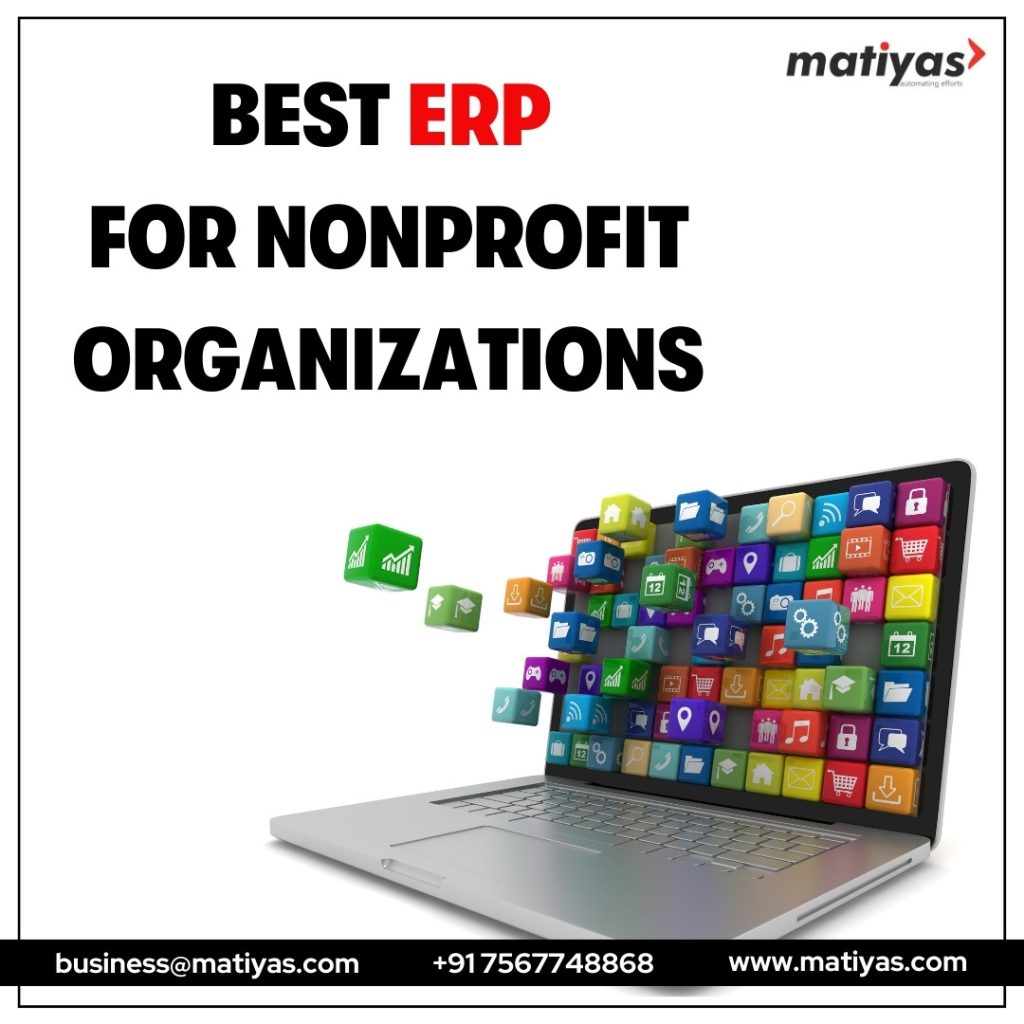Customization Options for Nonprofits Tailoring Your ERP Solution
3 min read
best erp for nonprofit organizations
Nonprofit organizations are as diverse as the causes they champion. Their unique missions and operations require tailored solutions to address specific needs efficiently. Enterprise Resource Planning (ERP) systems offer nonprofits the opportunity to streamline their processes, enhance productivity, and better serve their communities. Customization is a critical component of maximizing the potential of an ERP system for nonprofit organizations. In this article, we will explore the importance of customization options for nonprofits and how they can tailor their ERP solutions to meet their unique needs and workflows.
1. Meeting Unique Organizational Needs:
Nonprofits often have specific needs and workflows that differ significantly from those of for-profit businesses. Customization allows nonprofits to adapt their ERP systems to their particular requirements. Whether it’s tracking donations, managing grants, coordinating volunteers, or monitoring program outcomes, customization ensures that the ERP solution aligns perfectly with the nonprofit’s mission and operational processes.
2. Improved Efficiency and Productivity:
Customization streamlines processes and automates repetitive tasks, leading to improved efficiency and productivity. Nonprofits can design workflows that mirror their specific operational models. For example, an ERP system can be configured to automate donor communications, manage event registrations, or track fundraising campaigns, allowing staff to focus on higher-value tasks and furthering the organization’s mission.
3. Enhanced Donor and Stakeholder Engagement:
Nonprofit success often hinges on strong relationships with donors, volunteers, and stakeholders. Customized ERP solutions can help nonprofits engage with their supporters more effectively. For instance, a CRM module tailored to a nonprofit’s needs can enable personalized donor communication, improving donor retention and satisfaction.
4. Tailored Reporting and Analytics:
Nonprofits rely on data-driven decision-making to optimize their operations and allocate resources effectively. Customizable reporting and analytics tools within an ERP system allow nonprofits to create tailored reports that provide insights into the metrics and KPIs most relevant to their mission. This ensures that stakeholders have access to accurate and meaningful data.
5. Adapting to Change:
Nonprofits often experience fluctuations in funding, volunteers, and program offerings. Customizable ERP systems can adapt to these changes. Organizations can easily modify processes, create new forms, or add custom fields to accommodate evolving needs without the need for extensive coding or development work.
6. Brand Consistency:
Customization options extend to the user interface, enabling nonprofits to maintain brand consistency. The ERP system can be branded to reflect the nonprofit’s identity, including logos, color schemes, and fonts. This branding creates a cohesive experience for both internal users and external stakeholders.
7. Scalability:
Customization should go hand in hand with scalability. Nonprofits that are growing or expanding their services can adjust their ERP system accordingly. Customization allows nonprofits to add new functionalities, modules, or integrations as they evolve, ensuring that the ERP system remains aligned with the organization’s growth.
8. Integration Capabilities:
Customization doesn’t mean isolation. ERP systems can be customized to seamlessly integrate with other software applications nonprofits rely on, such as fundraising platforms, volunteer management systems, or accounting software. This integration ensures that data flows smoothly between systems, reducing manual data entry and the risk of errors.
9. User Adoption:
Customization can enhance user adoption rates. When staff members find that the ERP system is tailored to their specific needs and workflows, they are more likely to embrace it. This leads to a smoother transition and increased utilization of the ERP solution’s capabilities.
Conclusion
Customization is not a luxury but a necessity for nonprofit organizations seeking to optimize their operations and fulfill their missions efficiently. ERP systems offer a wide range of customization options that empower nonprofits to align their technology with their unique needs and workflows. Whether it’s automating processes, enhancing donor engagement, tailoring reporting, adapting to change, ensuring brand consistency, or facilitating integration, customization is the key to getting the most out of an ERP system. By investing in customization and tailoring their ERP solutions, nonprofits can continue making a positive impact on their communities and causes while optimizing their resources and processes.





